The City of Yarra is an inner metropolitan municipality with a population of about 86,000 predicted to grow to 119,000 by 2031. Historically, the area was an industrial base with companies like Fosters Brewery, Heinz and the Rosella Jam and Sauce factory located here. Yarra today boasts a diverse and socially connected community, active night-time economy, vibrant arts and cultural areas and over 13,600 businesses, making it one of the largest economies in metropolitan Melbourne A large number of fashion, technology and media businesses are located here, along with shopping strips and entertainment precincts for which the area is famous.
There are more than 230 hectares of open spaces in Yarra including the famous Edinburgh Gardens in North Fitzroy and Darling Gardens in Clifton Hill. The city enjoys the advantage of being situated just five kilometres from the centre of Melbourne.
Created in June 1994 following the Victorian Government’s restructure of local government, the new municipality of Yarra merged the former councils of Collingwood, Richmond, Fitzroy (including North Carlton) and parts of Northcote (Alphington and Fairfield).
Yarra Council has been playing a stellar role in providing services to its residents. It manages a wide range of infrastructure and is in the forefront of a number of initiatives that are a first, not only in Victoria, but nationwide. It is guided by the Council Plan 2013-17, a strategic document that lays down a medium to long term vision for how Council will meet the growing demands for its services.
The budget for 2015/16 was adopted by Council on 23 June 2015. It focusses on investment in community infrastructure, with significant funds allocated to North Fitzroy Community Hub and the Yarra Community Youth Centre. The budget has also made a substantial allotment of funds for the further expansion and refinement of Yarra’s open space network.
Council makes optimum use of its resources and has devised an intricate system to ensure that funds are allocated for a particular project only after due deliberation and discussion. For 2015/16, Council has a total operating expenditure budget of $159 million. A sum of $40.5 million has been allocated for a number of capital works.
In August 2014, Yarra became the first Australian local government council to achieve national certification against the One Planet Council standard for its world-class sustainability program. ‘One Planet Living’ is an internationally recognised benchmark bestowed on regions that are exemplars of sustainable living.
On 19 November this year, the Minister for Planning’s approval for Amendment C133 to the Yarra Planning Scheme was gazetted, allowing the introduction of Environmentally Efficient Design to Yarra’s Local Planning Policy Framework.
Yarra Council has also taken the important step of joining the Green Building Council of Australia. This will enable it to engage with the green building industry and influence the development of guidelines that help reduce the environmental impact of new buildings.
Yarra Council has collaborated with several government agencies, industries and other councils across Australia to promote the development of a new rating tool by the Green Building Council of Australia. The methodology proposed by this rating tool will be used in Yarra to guide the design and construction of future Council buildings such as child care centres, libraries and community halls.
Traffic and speed limits
Richard Young – Manager, Engineering Services, Yarra City Council, explained that roads in the City of Yarra see a great amount of traffic. As Yarra is centrally located in a city of 4.4 million people, it is inevitable that its residents will have to live with large numbers of motor cars passing through their area on a daily basis.
It is estimated that about 600,000 motorists travel on Yarra’s roads every day, either to reach the Melbourne CBD or to end their journey in Yarra to work or visit one of the many attractions.
While Council does not have the ability to stop cars from entering Yarra, there are a number of other ways it can contribute to making the lives of its residents more convenient and safe. In fact, several steps have been taken and the results have had a remarkable impact.
Council’s ‘Move With Us’ initiative has made a significant impact on traffic congestion. As part of this program, Yarra became the first municipality in Australia to implement a 40km/h speed limit in all local residential streets.
This step was initiated as studies had shown that a pedestrian is three times more likely to be killed if struck by a car travelling at 50km/h than at 40km/h. Council’s long-term vision for local streets has been to slow traffic enough to create a safer environment for all road users. The lower speed limit does not apply on Bridge Road, Swan Street, Victoria Street and most major arterial roads.
Yarra’s ongoing work to implement 40km/h speed limits on all local roads has received a special commendation in the Safe Speeds category of the Towards Zero Awards presented by the Transport Accident Commission, Victoria.
Traffic management has been a focus of Council for over two decades. The Local Area Traffic Management Program was established over 20 years ago. It uses community feedback and data collected in traffic studies to analyse local traffic trends and then help implement different treatments to help manage local traffic.
LED Lighting
Council has paved the way for the application of in-pavement flashing LED lights to a pedestrian crossing facility within its municipality.
In April 2013 Council installed a wombat pedestrian crossing on Victoria Crescent in Abbotsford (a wombat crossing consists of a wide, raised platform, zebra stripes and pedestrian signage). But due to a number of motorists failing to give way to crossing pedestrians, Council and the community felt there was an additional need to address these non-complying motorists.
Rather than retrofitting the pedestrian crossing with flashing signage lights, Council, in partnership with Mattioli, conducted extensive research and decided to trial a new treatment to accentuate the wombat crossing and attract motorists’ attention. Earlier this year, in-pavement flashing LED lights were installed in the road pavement immediately in advance of the crossing. These LEDs are solar powered with back-up batteries and operate during certain times of the day and week to coincide with peak pedestrian activity times on Victoria Crescent.
Once the LEDs were installed at this crossing, Council has generally received positive feedback both from pedestrians using the facility and the community. It is observed that compliance rate has certainly increased as witnessed by the road users.
Local Area Traffic Management Policy
The objective of Yarra’s Local Area Traffic Management Policy (LATM) is to manage the physical road space available within city limits. For this purpose, the city is divided into twenty-one local precincts, each one bound by arterial roads or other physical barriers such as creeks or rivers. A holistic approach has been adopted that considers the entire area rather than only specific sites or isolated streets. In the future, Local Area Place Making (LAPM) studies are set to replace LATM, as Council will be taking a broader place making approach to Yarra’s neighbourhoods.
The city’s 40km/h speed limit is an important part of Yarra’s initiative to control traffic and make the streets safer for pedestrians. In view of the fact that the speed at which people drive motor vehicles is strongly influenced by the design of roads, Council has implemented a number of strategies to deter motorists from speeding.
It has provided several physical devices and streetscaping treatments that have been proven to lower the speed at which most people drive. The yearly budget allocation for traffic management projects is about $200,000.
Council has a policy of involving the local community to identify traffic-related problems and suggest solutions. Residents, ratepayers and other stakeholders can give their views on how a particular issue can be tackled. A Traffic Study Group comprised of Councillors, Council’s traffic engineers and independent traffic consultants consider suggestions made to them.
Subsequently, the Traffic Study Group prepares a Traffic Management Plan for Council’s consideration. This plan identifies problem areas and suggests solutions. In the normal course, traffic management objectives are achieved by taking a number of steps, including the installation of road humps, modifications to the kerb to slow traffic or by implementing one-way streets or turn bans.
Council is careful to implement solutions on an area-wide basis so that one street’s traffic issues are not passed onto neighbouring streets.
Another important area in which Council has taken a strong initiative is that of preserving the environment. Council’s “Move With Us” logo is designed to convey to residents that it is preferable to walk rather than to travel by motor car. The logo depicts pedestrians, a cyclist, public transport and a car in progressively smaller sizes to convey this message.
Rubberised footpaths
Ensuring that footpaths are well maintained is critical for the safety of residents. Yarra has 491 kilometres of footpath and Council upgrades approximately 10,000 square meters of footpath every year at a cost of about $2.1 million.
In another first, Council has taken an innovative approach to community safety by introducing footpaths made of rubberised asphalt. This rubber matting product has been trialled in Nicholson Street and George Street in Fitzroy and McKean Street in North Fitzroy, with plans to extend its use to other areas.
The matting minimises long-term maintenance costs and improves skid resistance. Additionally, it is better than asphalt as a footpath made of this traditional material cracks and breaks when the roots of some species of trees push through the surface. Rubber matting, on the other hand, can be rolled back to allow tree roots to be trimmed before being re-laid.
Water Sensitive Urban Design
It is the state government’s policy to reduce the use of potable water in public open spaces. In its effort to comply with this policy, Council has adopted a Water Sensitive Urban Design policy that seeks to integrate sustainable water management principles into Council asset management practices.
The goals of this policy include reduction of potable water use, maximising water reuse, reduction of wastewater discharge and the minimisation of stormwater pollution before discharge to receiving waters.
Among the steps that Council has taken to reduce water consumption is the installation of tanks at Council’s depots and other Council facilities, Water saving devices have been installed at child care centres, leisure centres and in town halls. A 200,000-litre tank has been installed as part of the rain garden project at Edinburgh Gardens to assist with irrigation of mature trees.
Council has installed computerised irrigation to improve the efficiency of watering systems in parks and gardens. It has also installed street tree pits to enable selected street trees to be irrigated from stormwater flowing along the curb and channel.
City of Yarra – A Frontrunner in Implementing New Ideas
Yarra has many firsts to its credit. From implementing a 40km/h speed limit to trying out rubberised footpaths, it has demonstrated that it has the capacity think outside the box and then put those ideas into practice. Recently, it has spent $23,000 on a laneway in Cremorne as part of a pilot project to let motorists know it is not a “typical road”.
A bright yellow, orange and red mural has been created to help motorists differentiate the street, which is a shared zone used by a large number of pedestrians and cyclists. The speed limit is restricted to 10km/h to give priority to pedestrians.
AT A GLANCE
WHO: City of Yarra
WHAT: Yarra’s suburbs have a rich and varied history which is reflected in the city’s built form, natural environment and diverse community composition.
WHERE: Richmond 3121, Australia
WEBSITE: http://yarracity.vic.gov.au/
Supporting Partners
Aussie Civil
aussiecontractors@yahoo.com.au
Sponsored Advertorial
- Aussie Civil


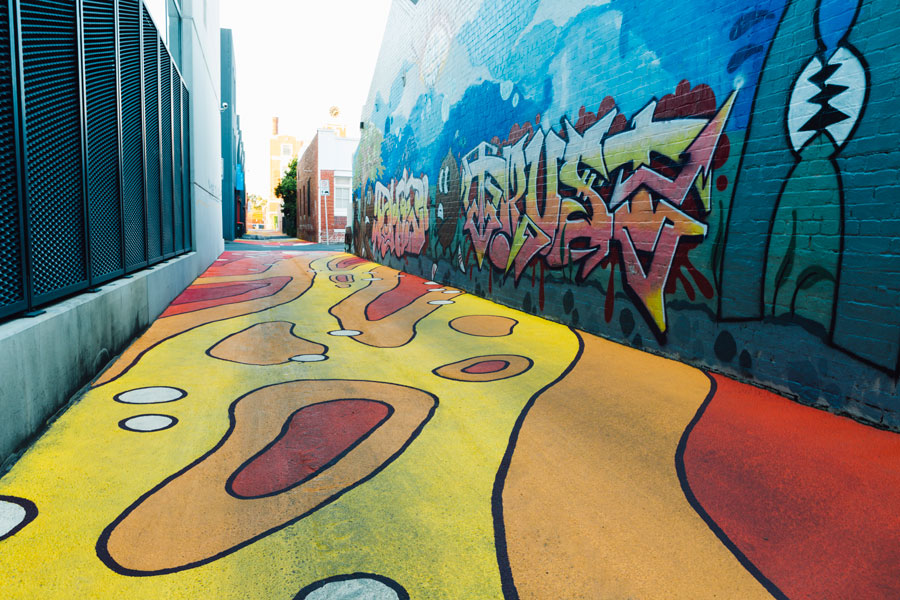
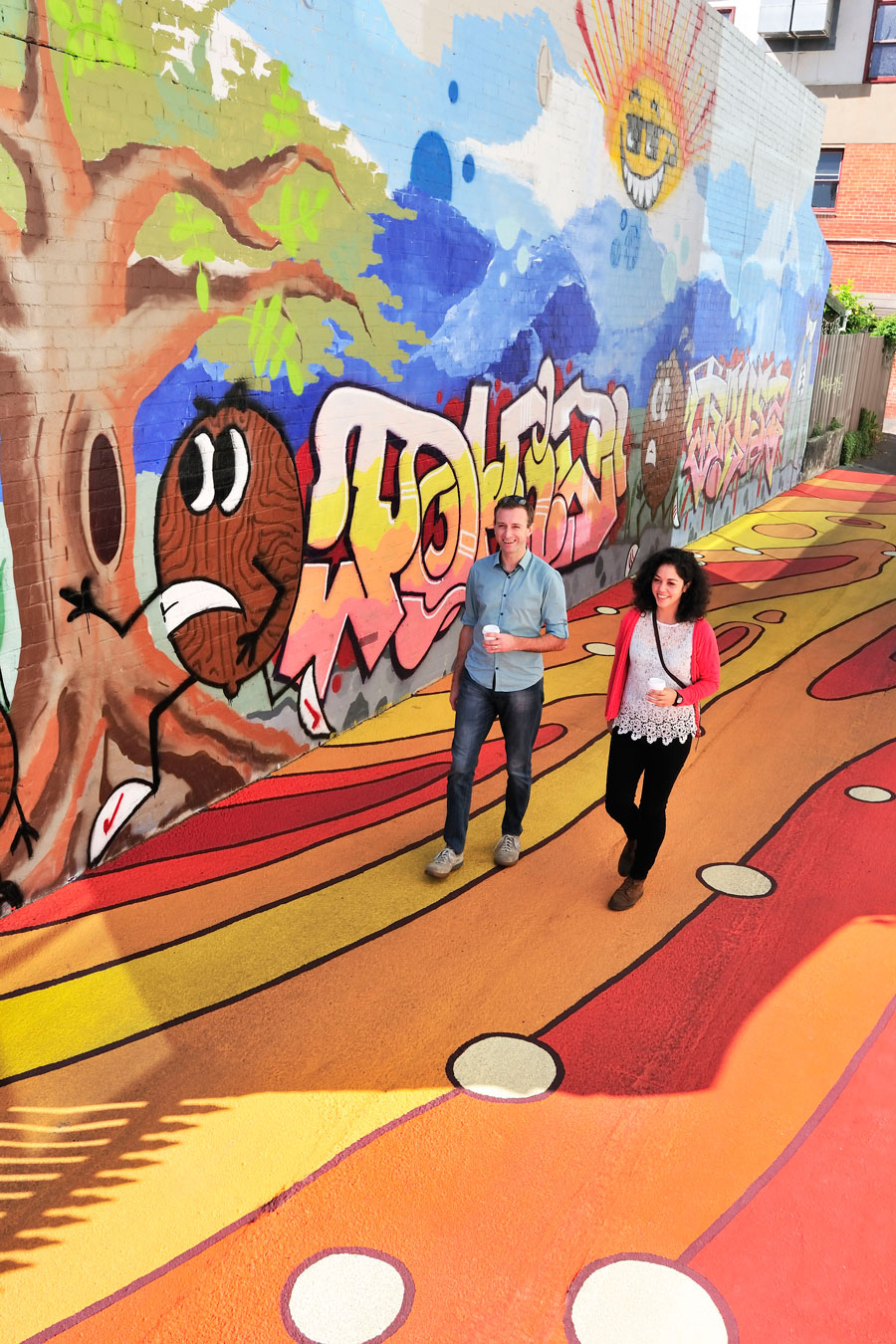
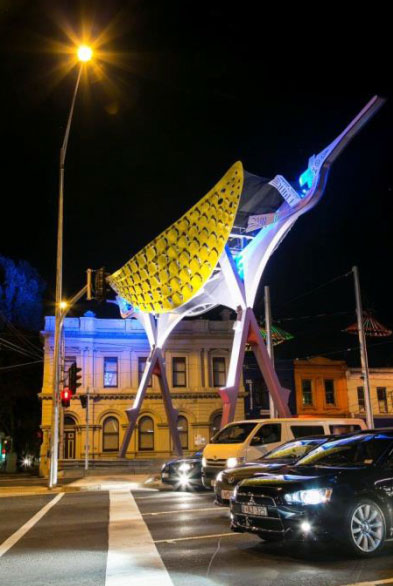
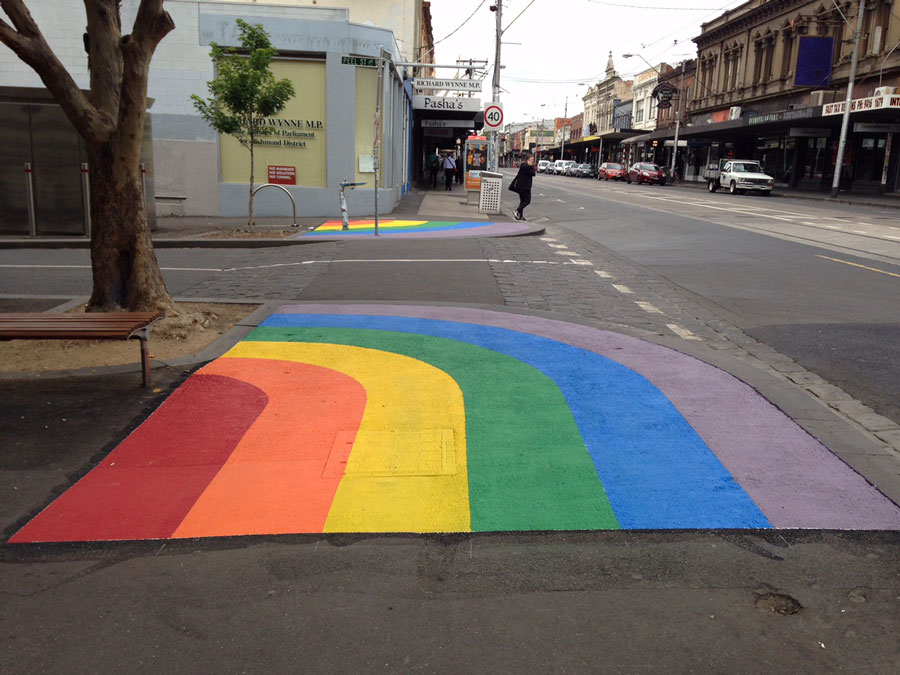
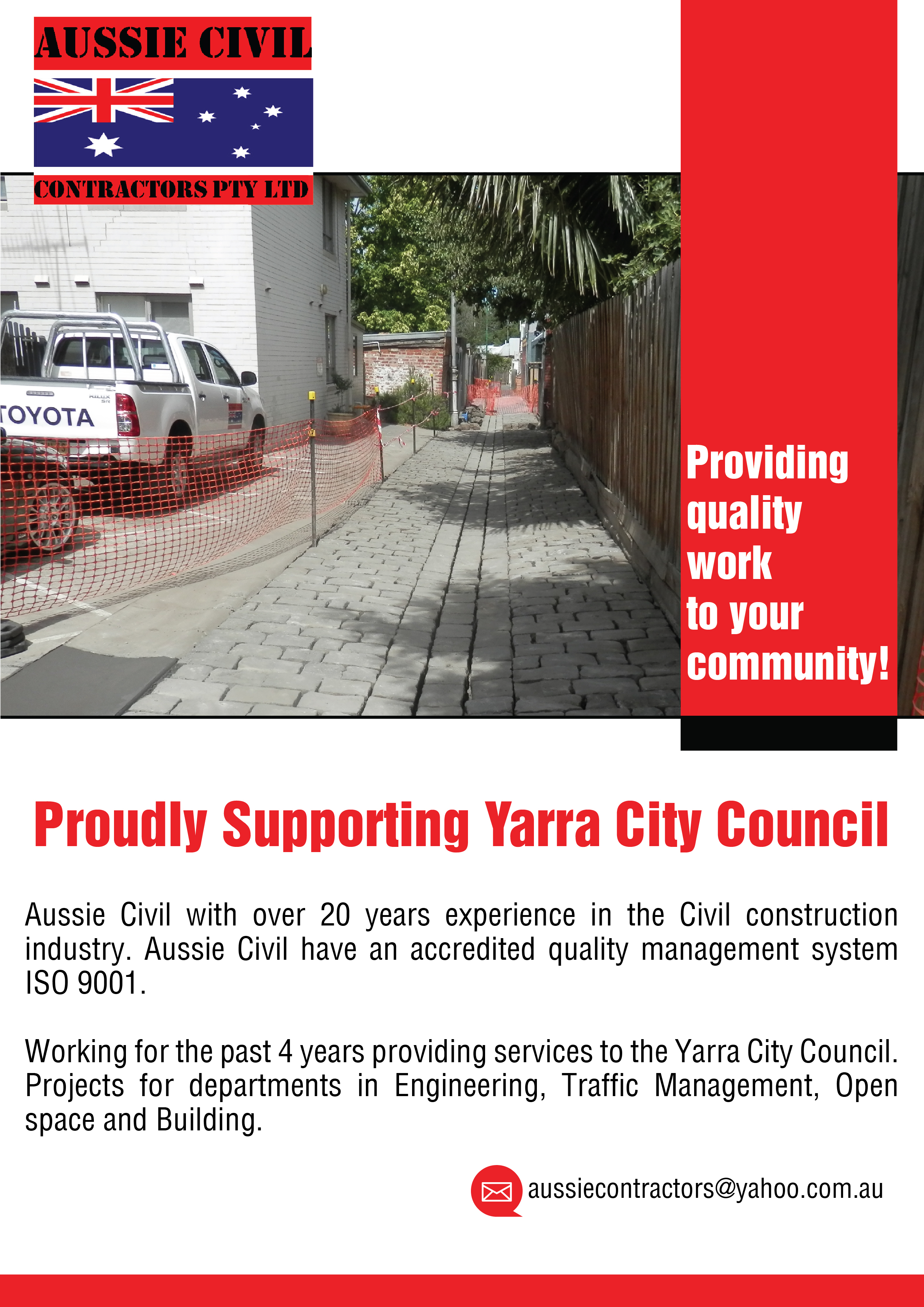
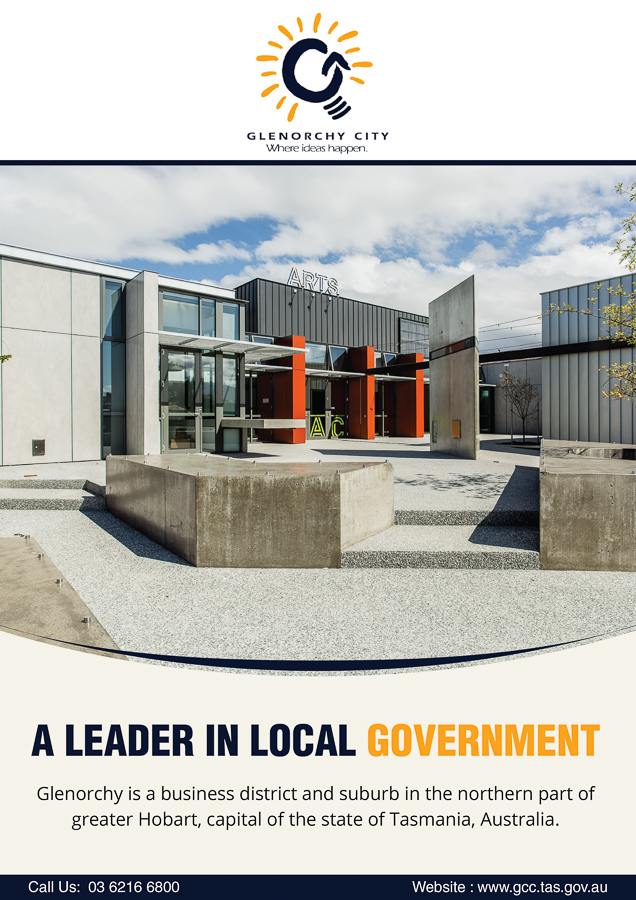
 This information will never be shared to third parties
This information will never be shared to third parties